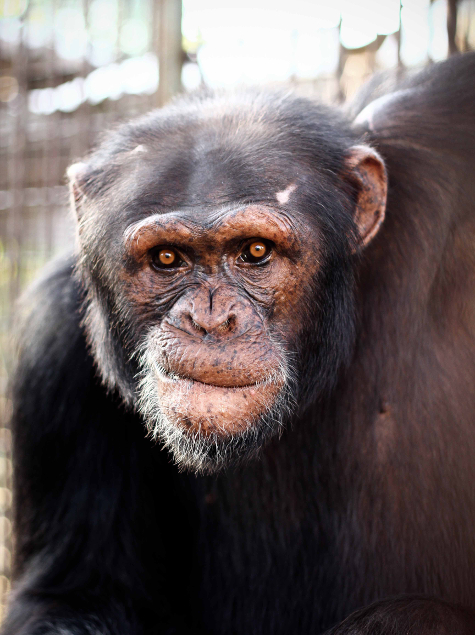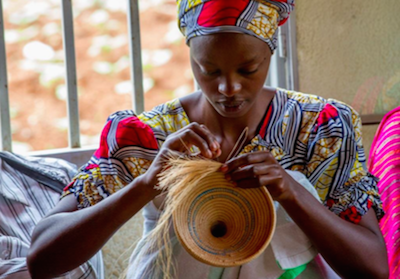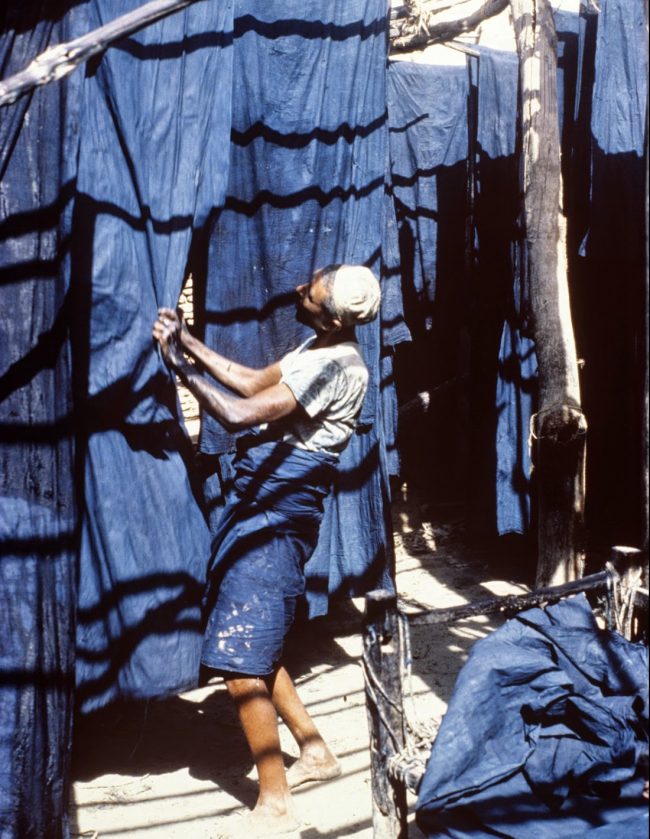
Guinea
Sabar through Guinea
South of Cote d’Ivoire and Senegal lies the French influenced Guinea. Snuggly in between Sierra Leone and Senegal, is a country that is not every traveler’s radar. It’s a perfect country to travel if hordes of tourists are not your thing. A whole country waiting just for you, to discover its hidden beauty.

http://www.fondationensemble.org/projet/amelioration-des-capacites-daccueil-du-centre-de-conservation-pour-chimpanzes-et-de-son-processus-de-rehabilitation-des-chimpanzes-orphelins/ – Image 01 (Chimpanzee)
Guinea is a natural utopia with barely touched lands, streaming waterfalls and lush tropical rainforest. And if you’re simply there for the surroundings, Centre de Conservation pour Chimpanzés. It is aimed at protecting chimps and reintroducing those chimps rescued from exotic animal trade and entertainment. Though the centre does allow visitors in, it isn’t as free as a zoo. It is suggested that arranging to camp overnight at the centre base is beneficial to truly experience the chimpanzees in their own secure environment.

http://www.hoteltata.com/Kambadaga.html (Chutes de Kambadaga)
Find a guide with an SUV or hire out one to drive out to Pita. Abandoning the main road, find your way to Hakkunde Miti to park your vehicle, to start your hike to the Chutes de Kambadaga. Surrounded by deep jungle, the falls are a remarkable sight as they crash down after an hour of walking under the African sun. The mischievous monkeys in the jungle will keep you company on your trek. And yes, it is almost seven hours away from your comfortable hotel in Conakry, considers camping out at the village for a night under the stars.

https://www.luxurydaily.com/holt-renfrew-supports-african-culture-craftsmanship-with-in-store-boutique/ (Crafts)
North of Conakry lies the Maison des Artisans in Labé. It reflects the creativity and craftsmanship of the Guinean people. You can find hand-woven fabrics, dyed cloth, stitched leather sandals to wooden carvings. The magic of the arts centre? You can watch the craftsmen work while you shop. And if you’re still craving more Guinean art, visit the Centre d’Art Acrobatique Keita Fodeba in the capital. Acrobats and contortionists train here on most weekdays and the centre is open to public viewing. The centre is a famous one, creating amazing performers that are found the world.

http://centrekeitafodeba.blogspot.co.za/ (Centre d’Art Acrobatique Keita Fodeba)
Due to the heat in West Africa and it being a mostly Islamic following country, Guineans wear looser clothing. With slightly subdued prints, women do wear similar dresses to the pagnes (long dress) in the West African region. While men tend to wear robes comparable to kaftans. Guinea is also known for its indigo cloth, which is fabric dyed in extracts of the indigo plant, giving it the dark blue hue. You can buy indigo cloth from one of the three markets in Conakry, but suggested you try out Marché Madina for a wider variety as it the largest.

http://africamoto.blogspot.co.za/2015/03/decorate-african-indigo-textiles-in.html (Indigo cloth)
While shopping your way through Conakry and learning the Sabar from friendly children, do try Guinean food. A diet consisting of mostly rice and sauce with fish or meat, similarly to other neighbouring countries is common in Guinea. Meal times are often family affairs as the main dish is shared from one bowl. You’re bound to find smoked fish and patates (fried sweet potato) from street vendors. But try Le Waffou in the capital for something different. Perhaps potato leaf sauce with fufu (mashed flour dough) or even another West African classic, yassa chicken (stewed chicken and onion).

http://checkplease.wttw.com/recipe/yassa-chicken (Yassa chicken)
Guinea is a country humbled by its past but hopeful for its future. A country that lives in its simplicity but with much to offer to the world. Visit Guinea with an open mind and heart, travel well.
